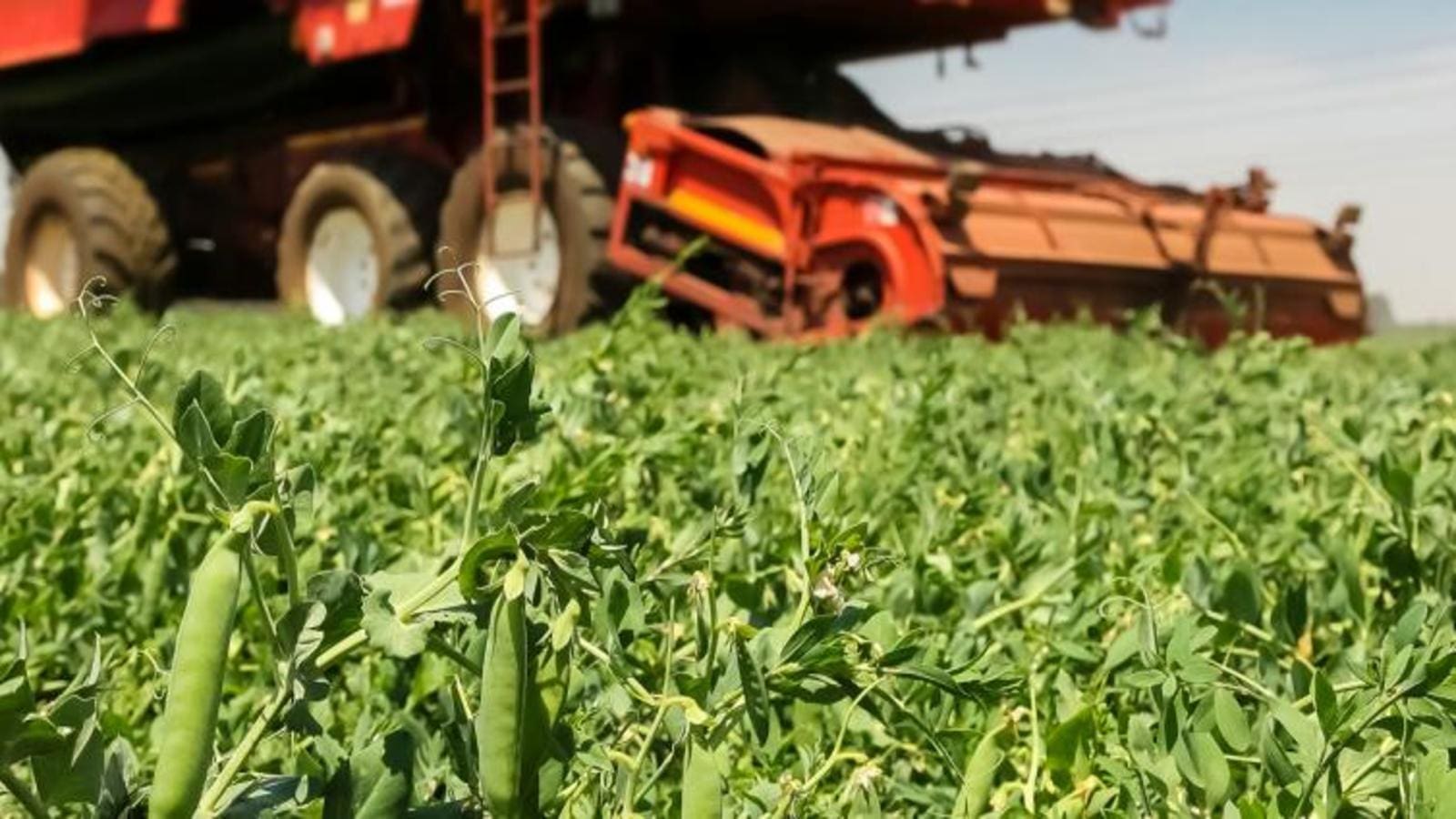TANZANIA – The International Institute of Tropical Agriculture (IITA) in collaboration with the Pennsylvania State University of the United States has launched a new tool called Nuru to fight cassava diseases using an artificially intelligent machine, according to the Citizen.
The device comes in time when the cassava production in Africa is said to have reduced by 50% primarily as a result of effects of viral diseases such as Cassava Mosaic and Cassava Brown Streak.
According to an official from the institute, the new tool can accurately recognise leaves damaged by the two viral diseases attacking the crop as well as damage by red and green mites.
The tool runs inside a standard Android phone offline and uses a convolutional neural network to analyse visual imagery.
Farmers or extension officers can access information about the diseases and capability to diagnose them just using a smartphone.
“It is hard for farmers to get information about their cassava and particularly to get identifications for viral diseases.
Nuru can help to overcome both challenges,” said Catherine Njuguna, a communication officer with IITA.
With the application, developed by Pennsylvania State University with support from CGIAR, a global agricultural research body, farmers can also diagnose the damage of the devastating invasive fall armyworm (FAW).
The device also helps one to identify the number of crops affected on the farm and automatically calculate the incidence of cassava diseases in the fields visited.
Officials from IITA said data collected will be aggregated from across the African continent into a database to better understand the epidemiology of cassava virus diseases.
“This will greatly help decision makers to allocate resources more effectively,” said James Legg, a virologist on the cassava disease control programme.
Tanzania is the second largest cassava producer in East Africa but lower yields have been attributed to diseases such as Cassava Mosaic, reporting 50% decline in yields that is, from 10.5 tonnes per hectare to only 5.5 tonnes per ha.










